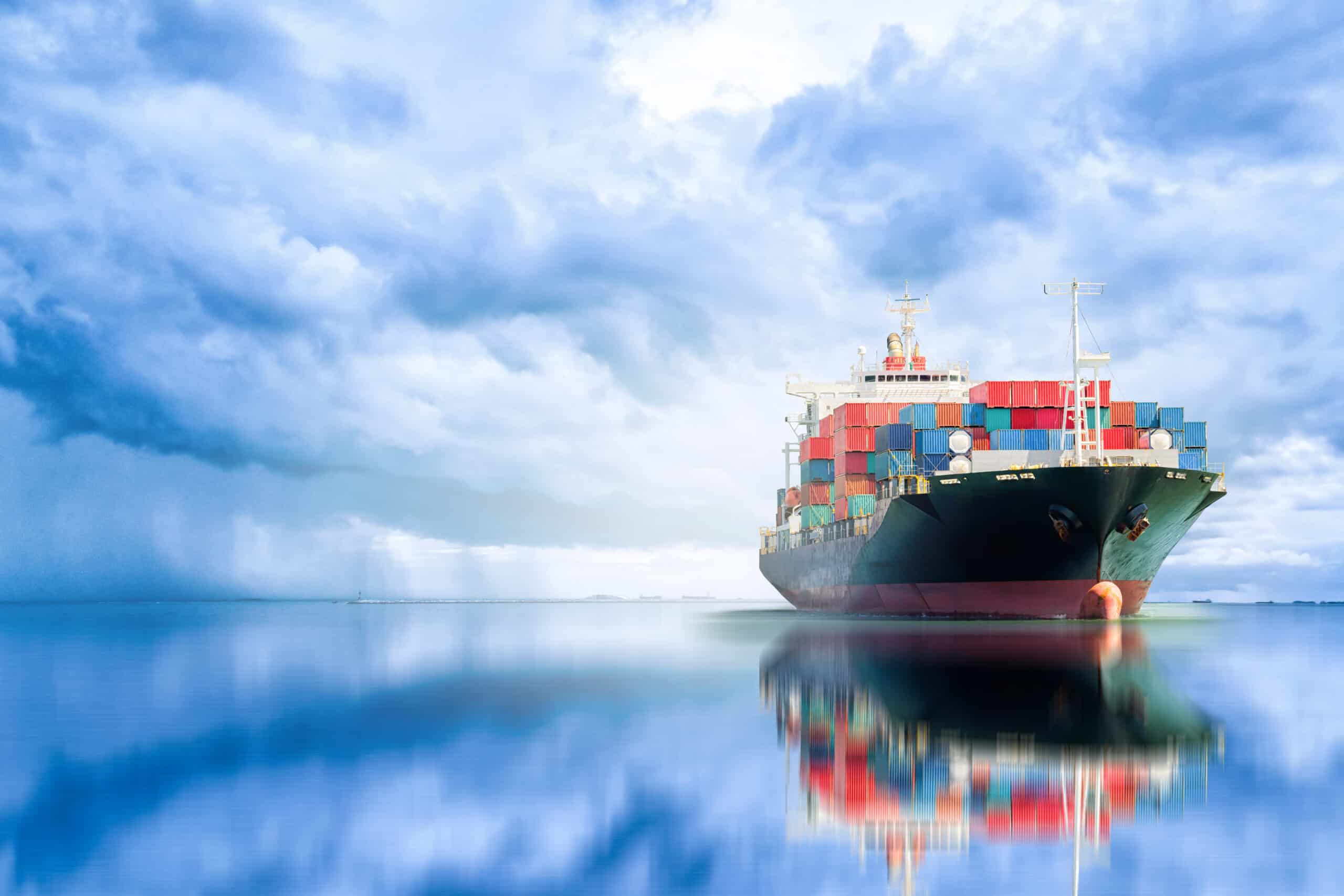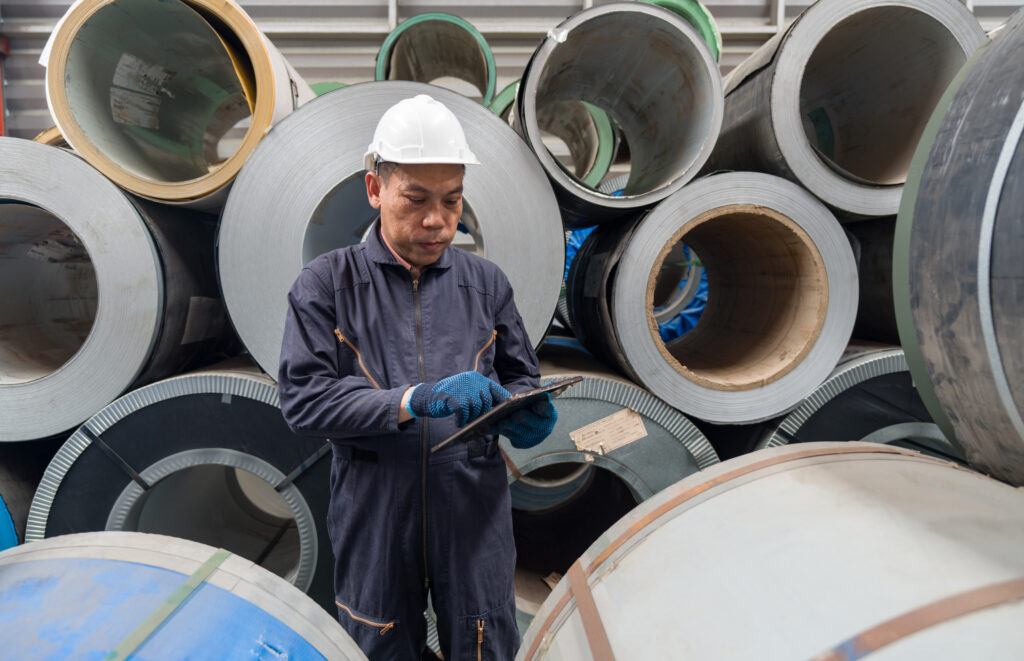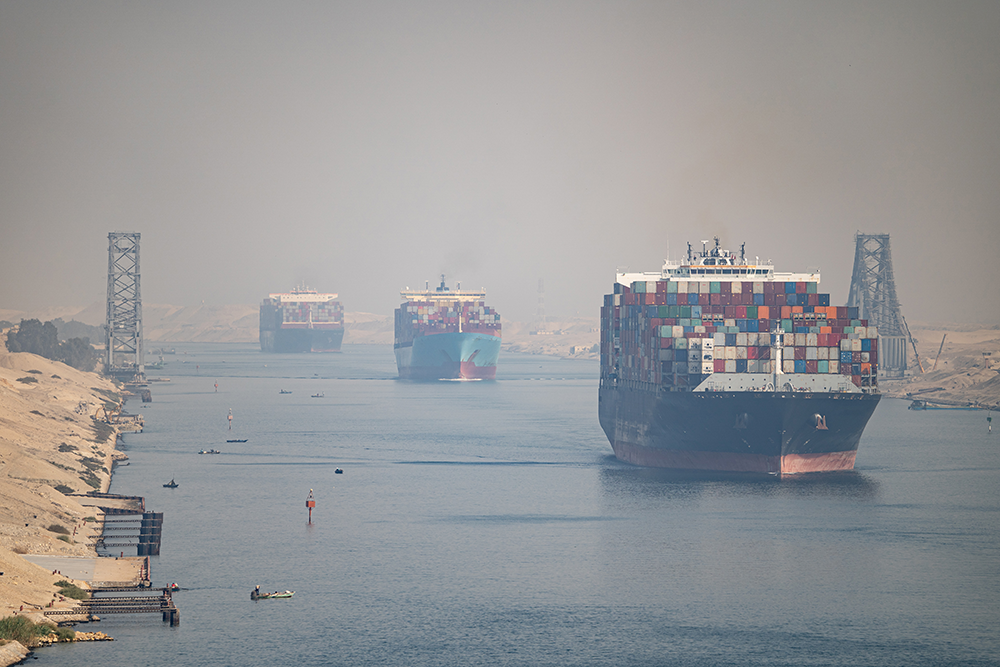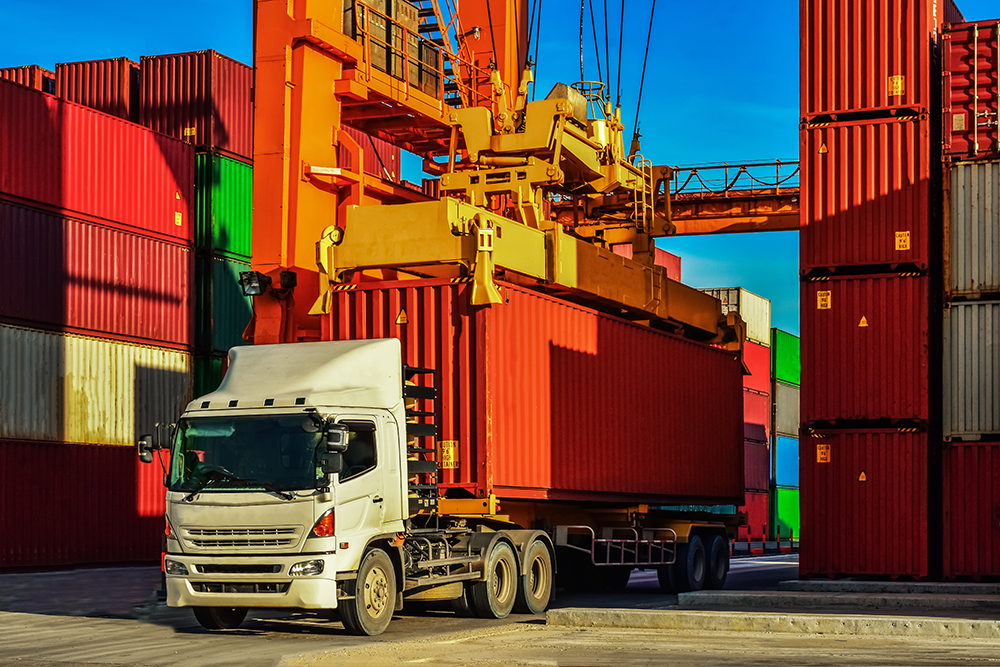Aluminum Delivery Premiums Spiking After Tariffs, are Aluminum Freight Bottlenecks Coming?

In the past month, the cost of importing aluminum into the United States has risen sharply. This occurred as aluminum market delivery premiums, the added charges above the base metal price for physical shipments, came close to record highs. This surge in costs stems primarily from a combination of fresh U.S. tariffs, global shipping delays, rising freight costs and widespread supply chain issues.
Looking to strengthen your negotiating position for aluminum and other industrial metals? With Insights SV’s detailed cost breakdowns, you can approach any supplier discussion with confidence and clarity.
Trump Tariffs Drive U.S. Aluminum Premiums to Record Highs
On April 9, tariffs of 20% on goods from the EU and 10% on UK goods took effect. This is in addition to the 25% duties placed on metal. The so-called “Trump Tariffs” are part of a major play by the current administration to renegotiate global trade.

In terms of the aluminum market, U.S. buyers typically pay a “Midwest Premium,” a regional delivery upcharge, on top of London Metal Exchange aluminum prices. This covers costs like import duties, transport, and handling. In the wake of the new tariffs, that Midwest Premium jumped to an all-time high.
According to Reuters, this resulted in domestic aluminum prices hovering near multi-year peaks. Cut through the noise o the aluminum market and get clear, expert-backed insights on where aluminum prices are headed when you sign up for MetalMiner’s weekly newsletter.
Aluminum Market Turmoil Hits Industry
Meanwhile, traders and producers have been quick to pass on the cost of the tariffs to purchasers. “Ultimately, the U.S. is a net importer of aluminum producers will not want to pay the tariff, they will try to pass on as much as they can to consumers,” one metals analyst explained.

It is critical to understand that these tariffs and counter-tariffs are hitting a metal that underpins vast sections of global industry. Aluminum is vital for the transport, packaging and construction sectors. From automakers to aerospace firms to beverage can producers, thousands of U.S. manufacturers now face significantly higher input costs due to the tariff-driven premium surge. The price shock is not confined to aluminum either, as U.S. steel prices have also leapt in response.
Supply Chain Whiplash and Disruptions
Tariffs have not only proven disruptive to prices but also to the physical flow of goods. In the weeks surrounding the implementation of the new duties, many companies engaged in frantic “front-loading” of imports. This involves rushing to get metal into the U.S. before the tariff hammer fell.
S&P Global cited freight forwarders on the ground, reporting “Some U.S.-based shippers are, incredibly enough, racing to beat the April 9 imposition of new tariffs… while others are holding back products in Asia on the chance the levies will be reduced.”

The uncertainty is causing what some describe as a structural change in supply chain strategy. Jim McCullen, an executive at Century Supply Chain Solutions, observed that importers are now fundamentally rethinking how they manage cost and risk across their networks. McCullen stated that this moment “isn’t just about logistics, it’s about risk management, planning, and structural change.”
Meanwhile, manufacturers and metal suppliers alike are reassessing sourcing locations and inventory strategies. Notably, this includes companies that had already been considering diversifying away from China.
Shipping Bottlenecks and Rising Freight Costs
Outside of the Trump tariffs, geopolitical strife has introduced new chokepoints. For example, ongoing conflict in the Middle East has made parts of the Red Sea and Suez corridor much riskier for commercial shipping.. In recent months, ocean carriers have continued to reroute vessels away from the Suez Canal to avoid attacks by militants, after a series of incidents near Yemen.

These detours, which include going around the Cape of Good Hope, dramatically lengthen transit times from the Persian Gulf or Asia to the U.S. East Coast. Even where actual freight rates have eased from their pandemic peak, the continuing shipping volatility and unpredictability can translate to higher risk premiums.
Tired of paying for metal price data you don’t use? With MetalMiner Select, you can access only the specific metal price points relevant to your business, eliminating wasteful spending on unnecessary data.
Other Problems Persist Across the Logistics
Analysts point out that ocean container prices have declined substantially from the record highs of 2021. As of April, global container spot rates were roughly 75% below their pandemic peak.
But that doesn’t tell the whole story. Those rates are low partly because trade volumes have slumped due to the tariff standoff. According to Reuters, industry experts warn that the roller-coaster policy environment could send freight costs swinging back up without warning.

Meanwhile, freight isn’t as lengthy on the shorter trans-Atlantic route from Europe to the U.S. However, other issues persist. For instance, North American ports and trucking have their capacity challenges. A multi-year slowdown in the U.S. freight sector (a “freight recession” in trucking during 2022) means some transport providers have exited the market entirely. Too much noise in the aluminum market? Cut through it with clear forecasts and advice across 10 metal categories. Start by reviewing a free sample copy.
